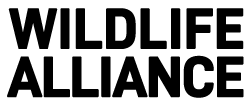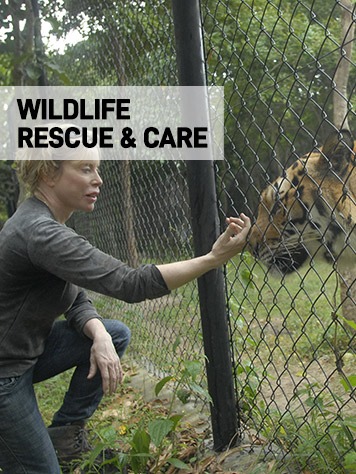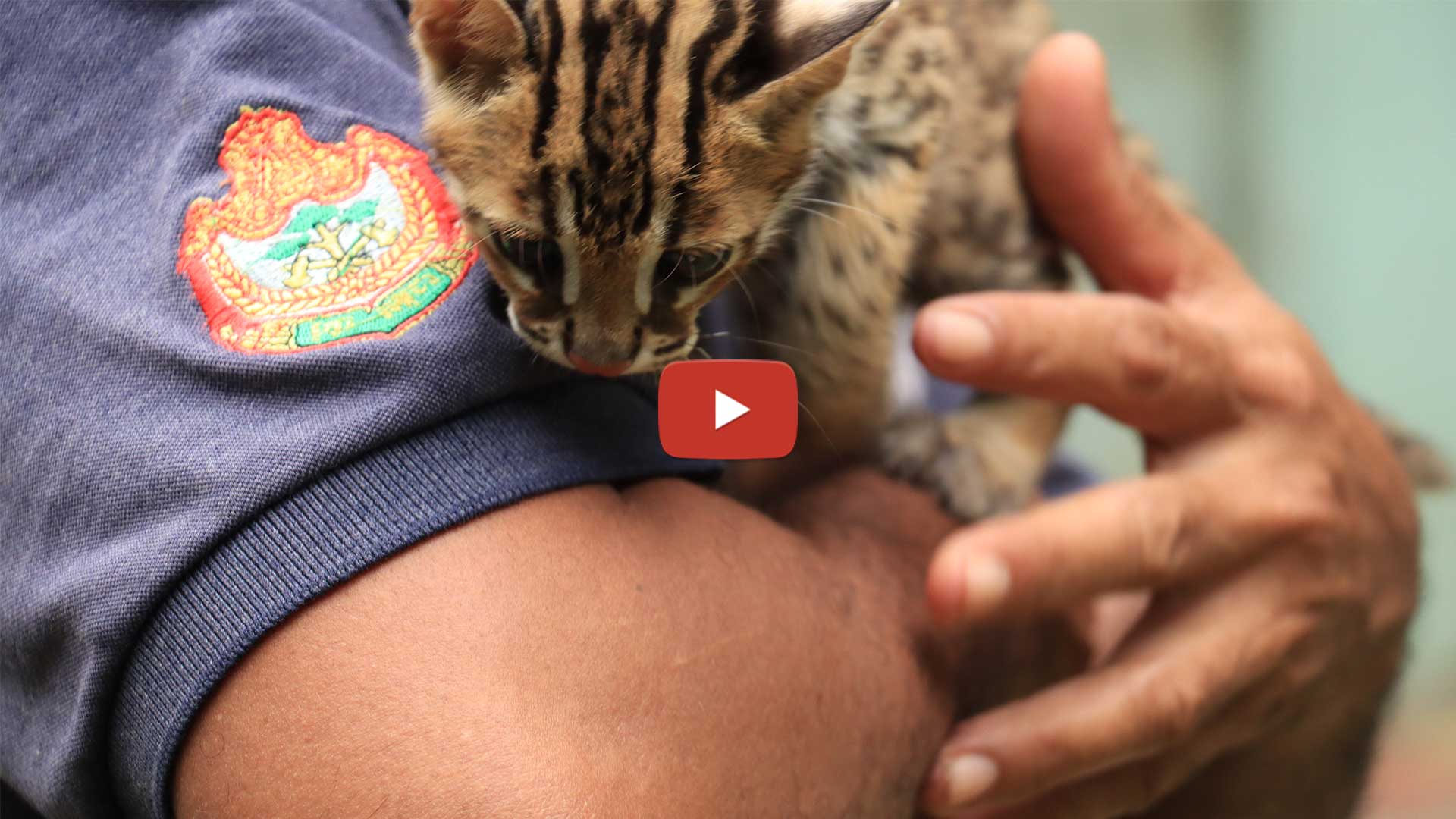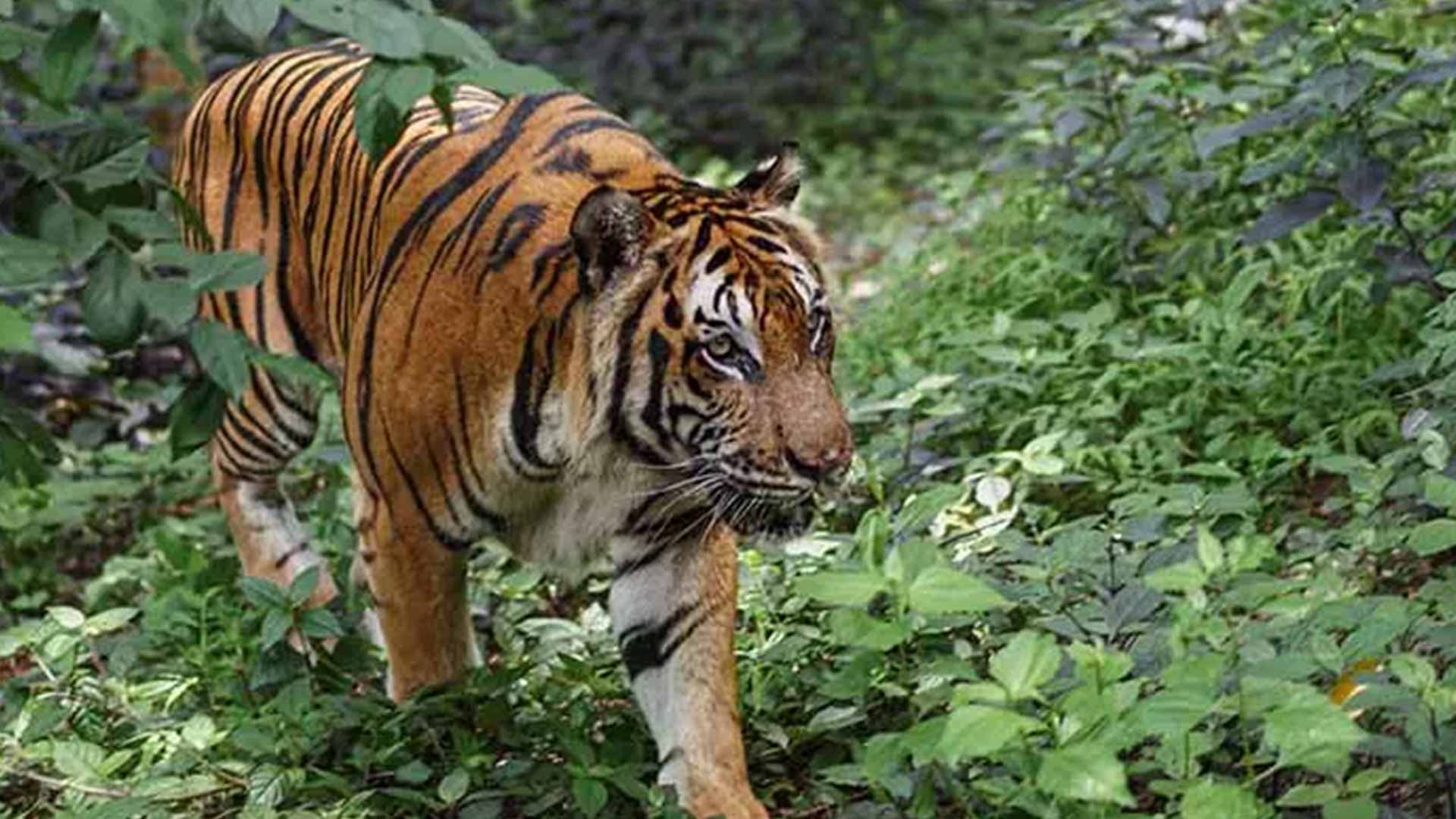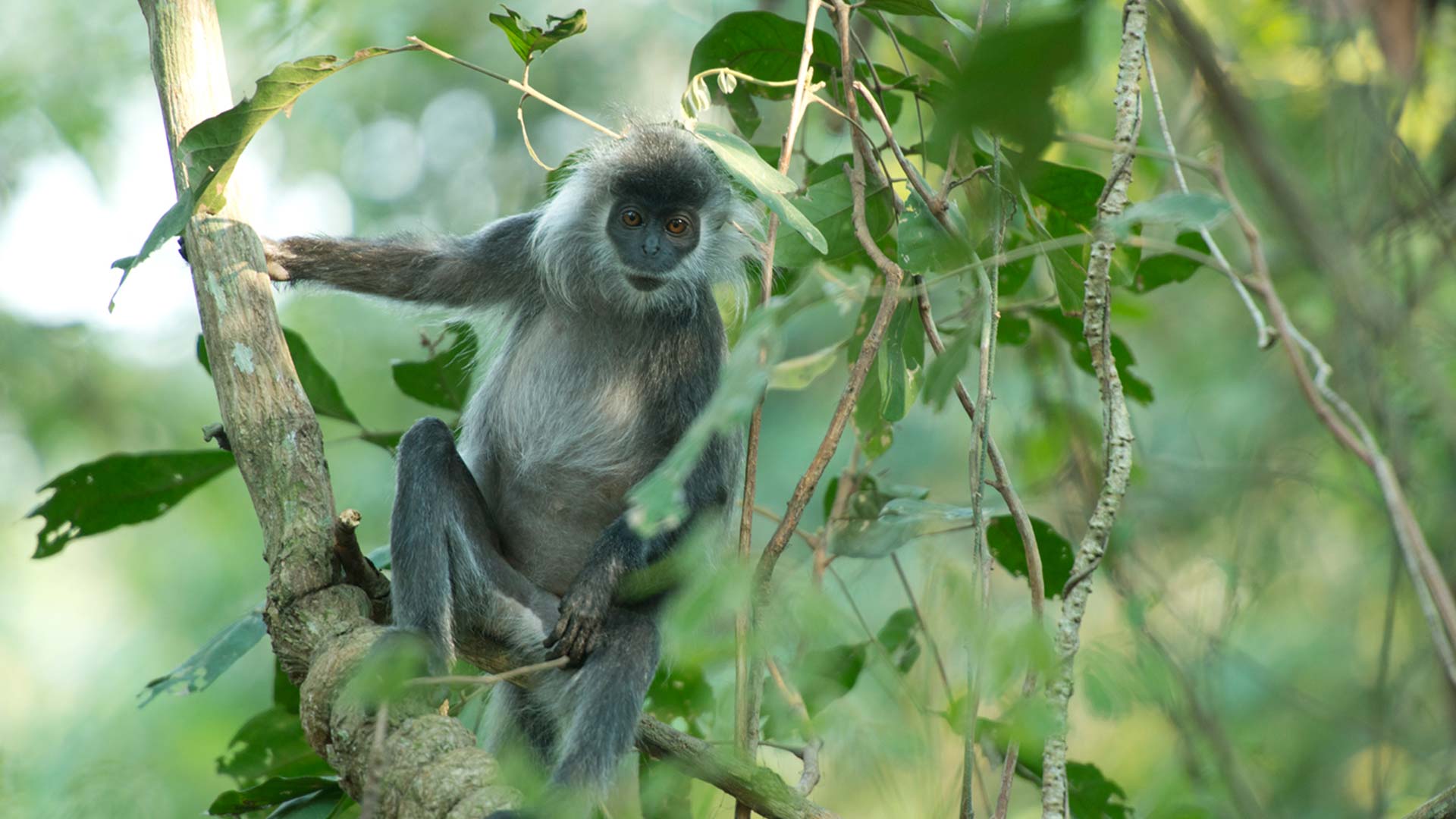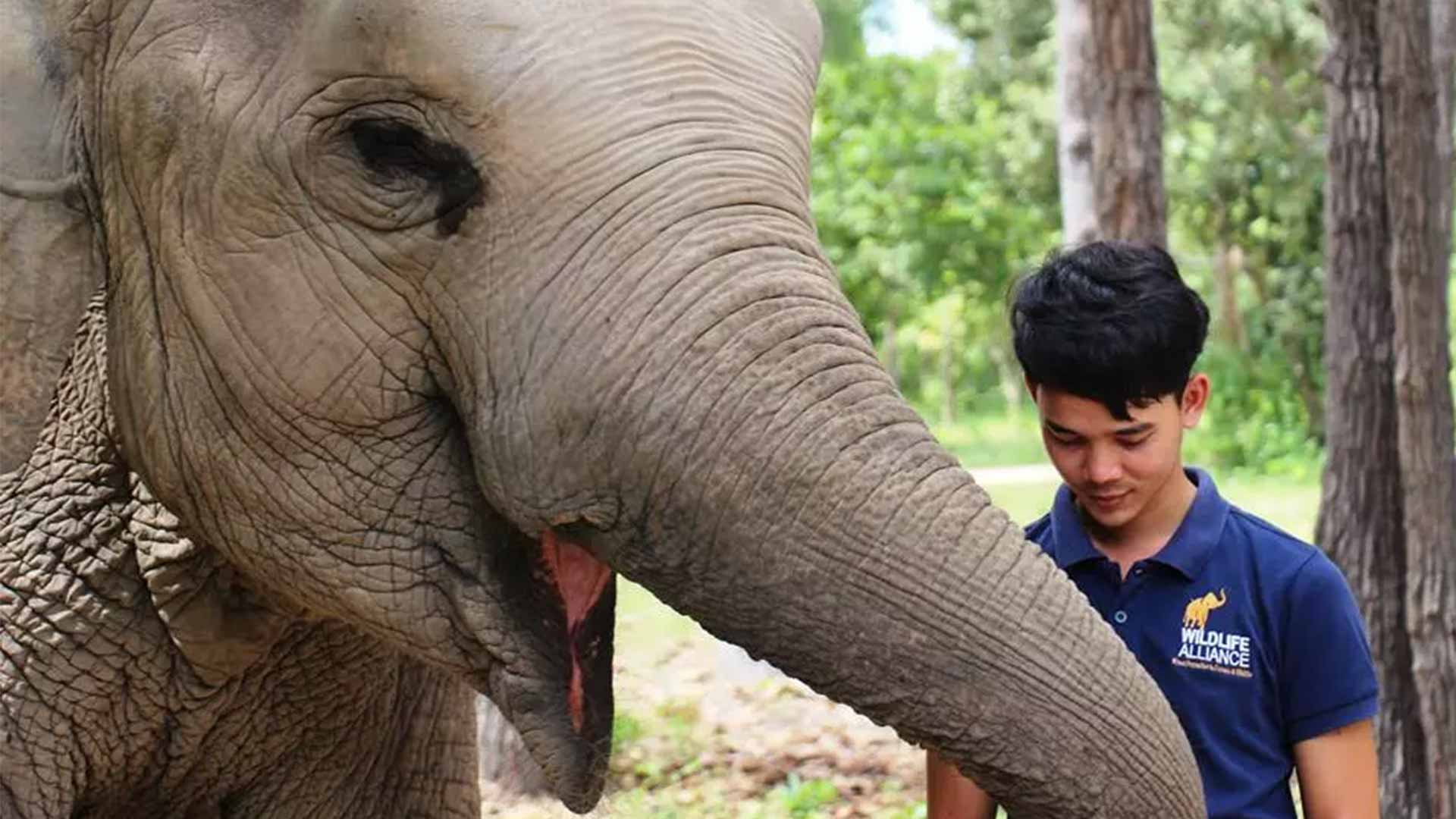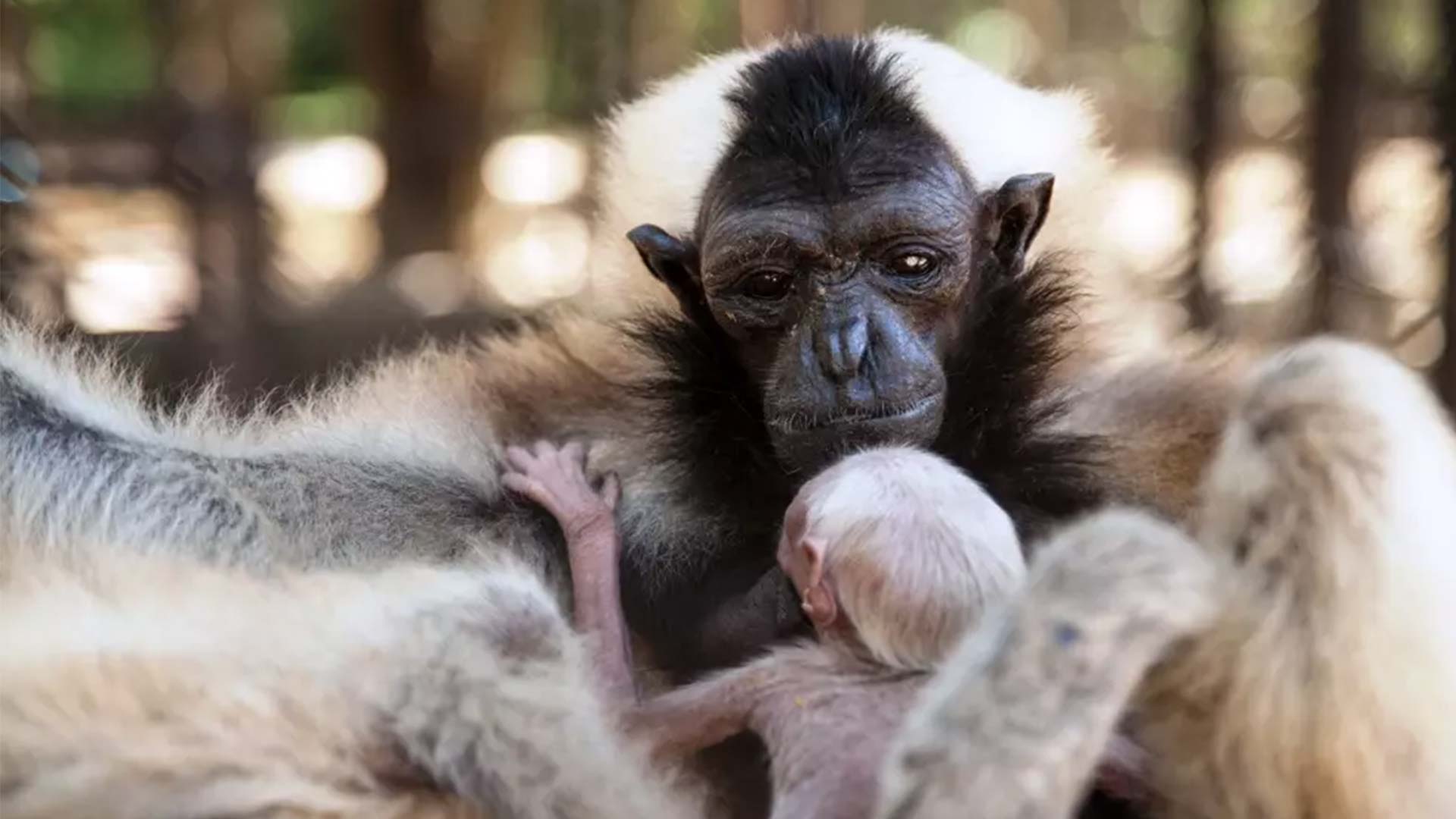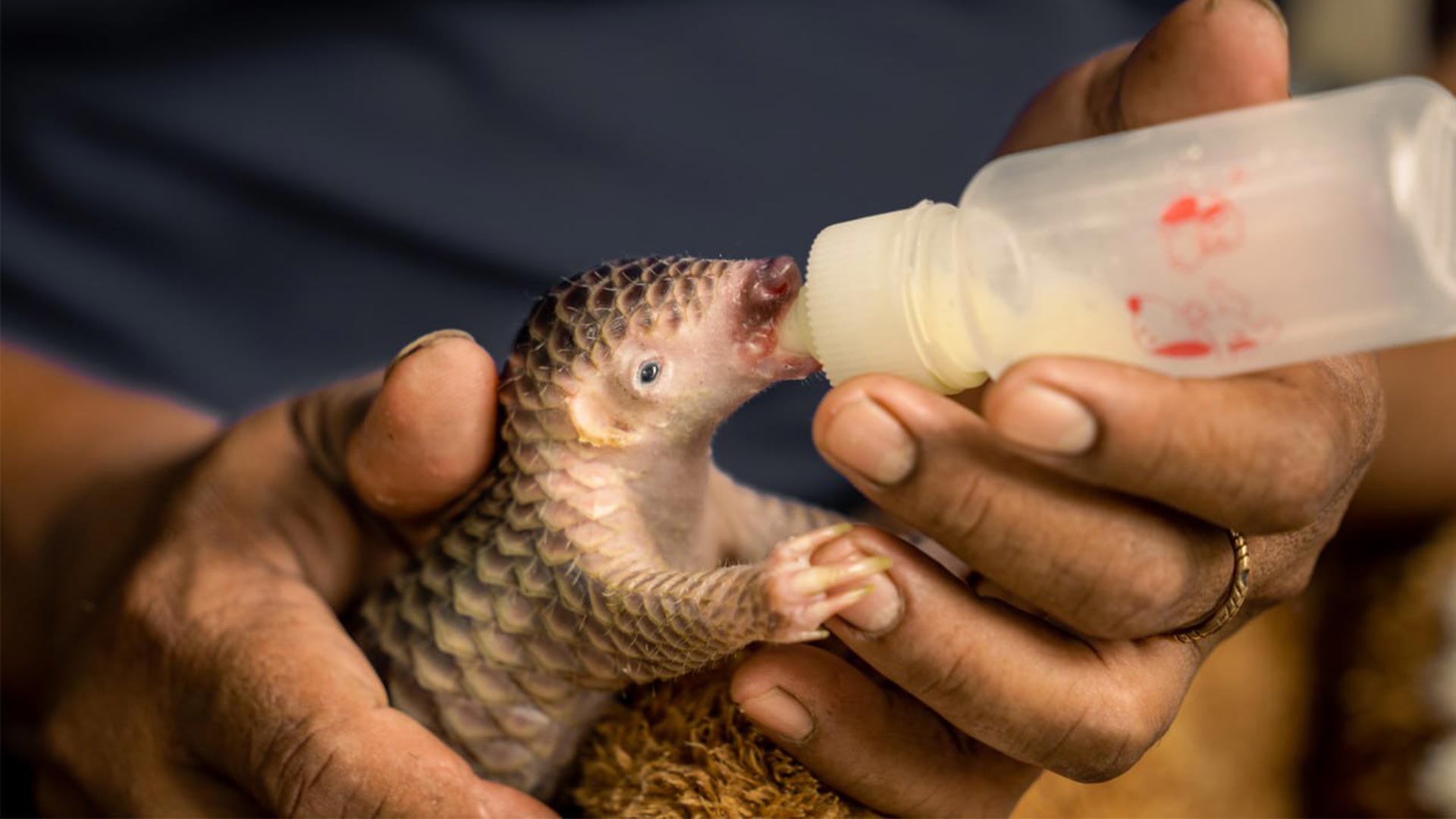PHNOM TAMAO WILDLIFE RESCUE CENTER
Phnom Tamao Wildlife Rescue Center is over 2,000 hectares of regenerating forest owned and operated by the Cambodian Forestry Administration. Since arriving at Phnom Tamao in 2001, Wildlife Alliance has provided funding and animal care expertise to transform the center.
RELEASE IS ALWAYS OUR PRIMARY GOAL
Release is always our primary goal. Once animals have fully recovered and those born at Phnom Tamao Wildlife Rescue Center are released back into the wild under IUCN protocols at one of our three primary release sites; the Phnom Tamao Protected Forest, our Wildlife Rehabilitation Station set deep in the southern Cardamom Mountains in southwest Cambodia, or our Rewilding Project in the Angkor Temples Forest Complex in Siem Reap.
ANGKOR WILDLIFE RELEASE PROJECT
The Angkor temple complex and the surrounding forest are one of the most culturally and archaeologically significant locations in Southeast Asia. This historic UNESCO World Heritage site was once a vibrant forest, home to various primates, big cats, deer, birds and other species until excessive and unrestricted hunting in the late 20th century decimated wildlife populations.
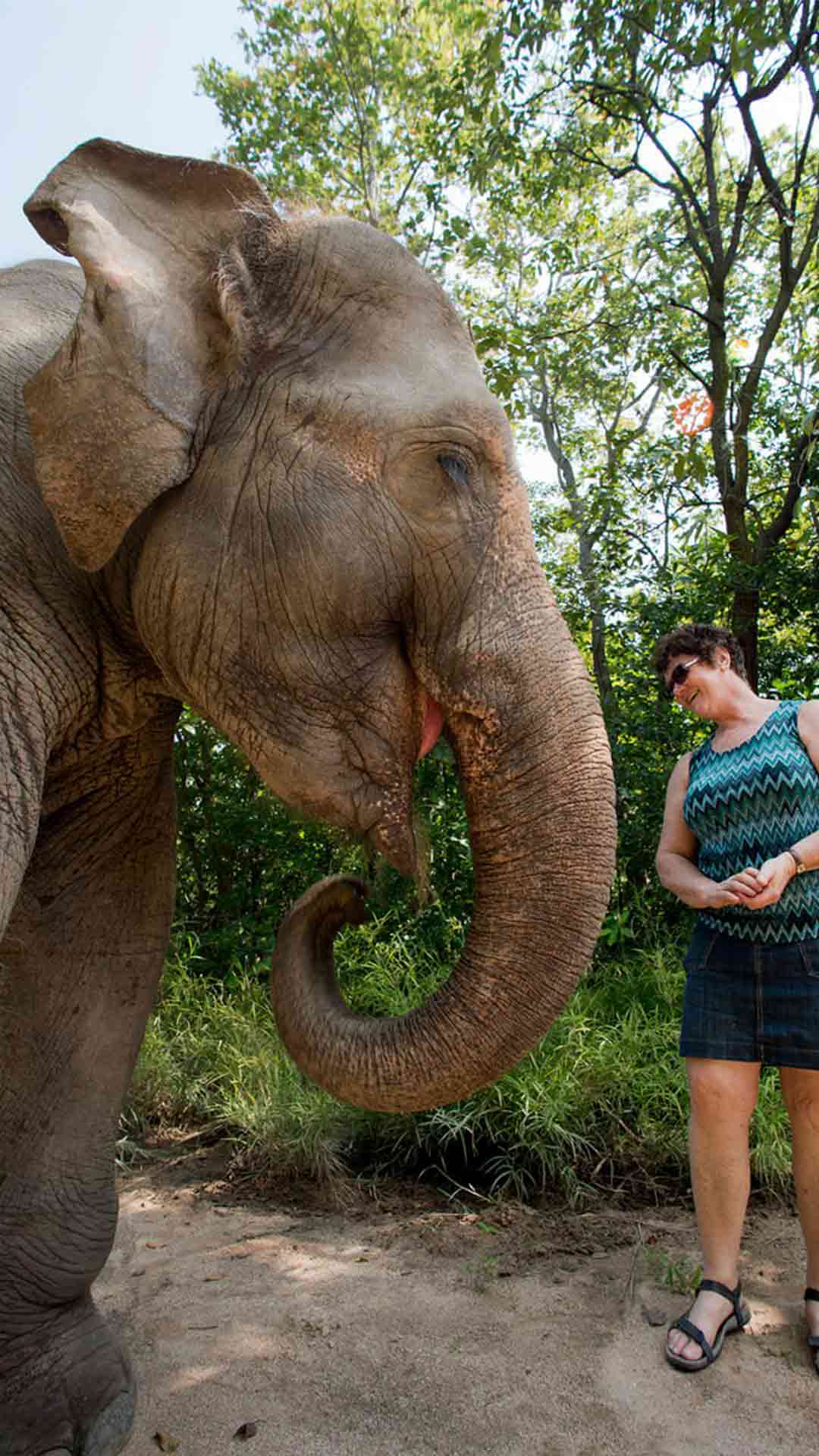
VISIT PHNOM TAMAO
Come and visit the rescue center to see our amazing wildlife rescue and care operations for yourself. We operate an exclusive behind the scenes tour where you can meet some of our ambassador animals!
SUPPORT THE CARE FOR RESCUED WILDLIFE PROJECT
Sponsor one of our nine ambassador animals, learn about their story, their species and get updates every three months about their antics!
Get weekly updates from all of the animals on our Patreon channel and connect with other supporters.
Buy a gift for someone who has everything in our Virtual Gift Shop, vaccines for big cats, watermelons for elephants and more available for your loved one.
ANGKOR WILDLIFE RELEASE PROJECT
The Angkor temple complex and the surrounding forest are one of the most culturally and archaeologically significant locations in Southeast Asia. This historic UNESCO World Heritage site was once a vibrant forest, home to various primates, big cats, deer, birds and other species until excessive and unrestricted hunting in the late 20th century decimated wildlife populations. …
VISIT PHNOM TAMAO
Come and visit the rescue center to see our amazing wildlife rescue and care operations for yourself. We operate an exclusive behind the scenes tour where you can meet some of our ambassador animals!
SUPPORT THE CARE FOR RESCUED WILDLIFE PROJECT
Sponsor one of our nine ambassador animals, learn about their story, their species and get updates every three months about their antics!
Get weekly updates from all of the animals on our Patreon channel and connect with other supporters.
Buy a gift for someone who has everything in our Virtual Gift Shop, vaccines for big cats, watermelons for elephants and more available for your loved one.
